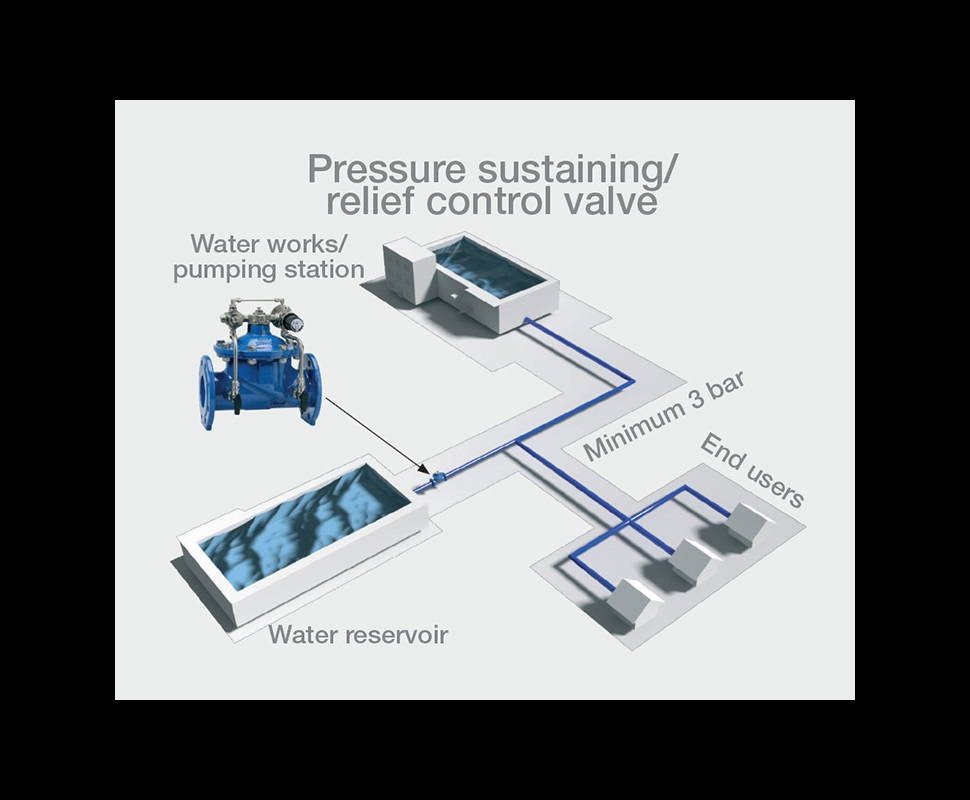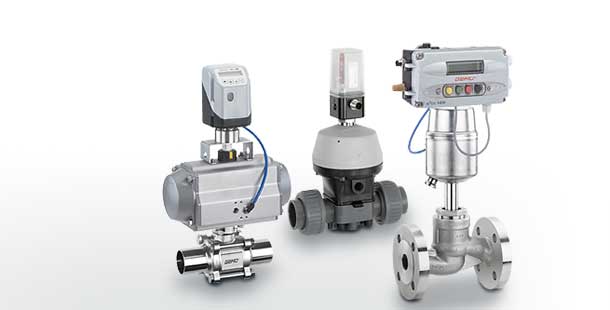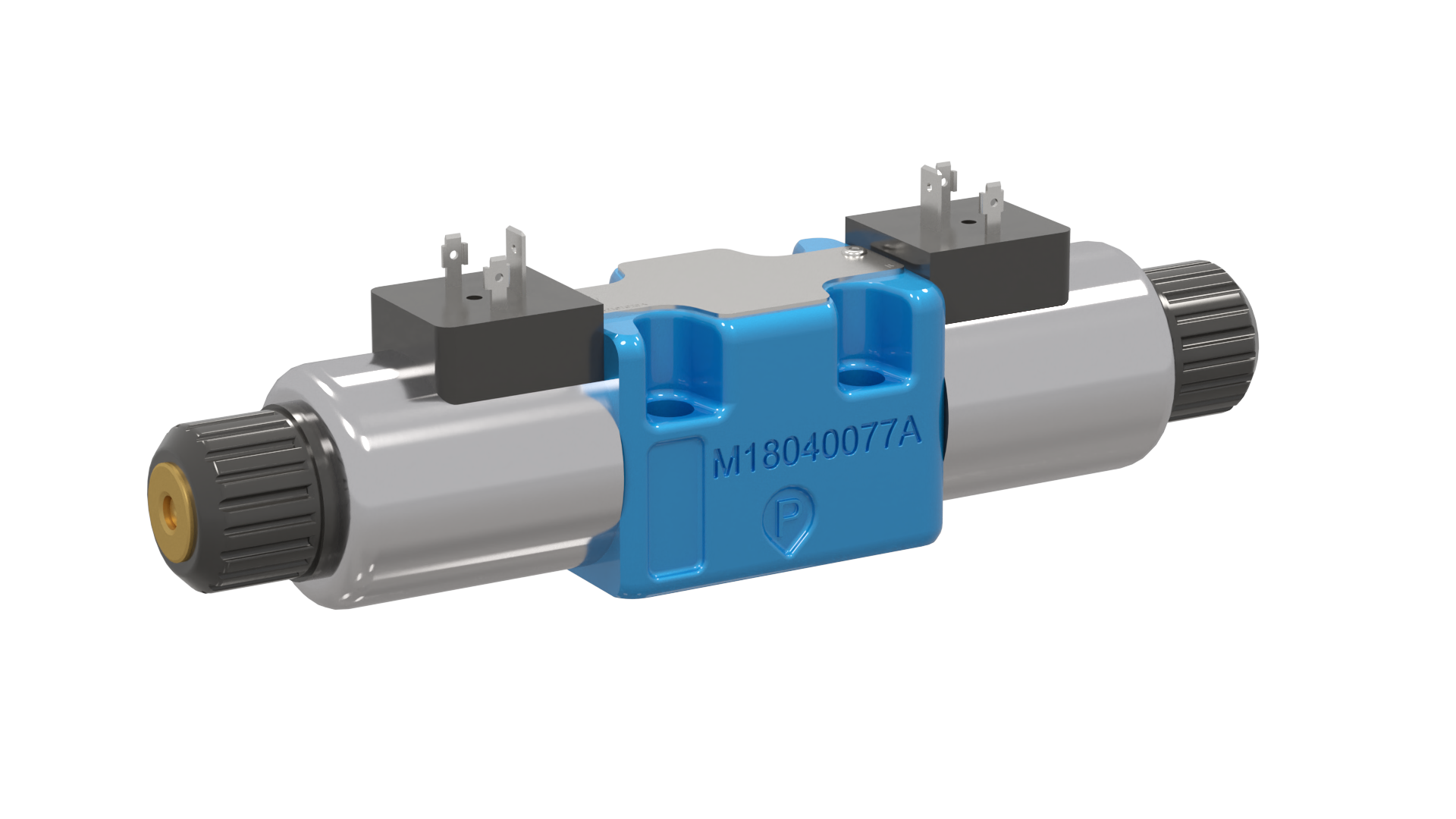Achieve Seamless Integration and Control With Top Quality Structure Automation Controls
In the realm of contemporary building monitoring, the value of quality structure automation controls can not be overemphasized. Embracing top quality building automation controls is not just an issue of comfort however a strategic crucial for organizations intending to enhance their facilities' efficiency and sustainability.

Development of Structure Automation Controls
Throughout the previous few years, the development of constructing automation controls has significantly transformed the method structures are managed and run. Developing automation systems largely focused on basic features such as managing air, heating, and ventilation conditioning (HEATING AND COOLING) systems. Nonetheless, as technology progressed, these controls have actually ended up being extra advanced, enabling for a larger variety of structure systems to be incorporated and handled centrally.
The advancement of building automation controls has seen a shift towards even more intelligent systems that can adapt to changing conditions in real-time. This versatility is important for enhancing energy efficiency and making certain resident convenience. In addition, contemporary structure automation controls currently provide attributes such as predictive maintenance, remote monitoring, and data analytics, making it possible for facility supervisors to make data-driven choices to boost structure efficiency.

Benefits of Quality Combination
The development in structure automation controls towards more smart systems has actually emphasized the considerable advantages of top quality integration in enhancing structure operations and boosting general effectiveness. Quality integration of developing automation controls offers numerous key benefits. It leads to improved power performance by permitting various systems to work with each other effortlessly, making certain optimal efficiency and decreasing energy wastefulness. High quality combination boosts resident convenience and performance by allowing individualized control over ecological setups like illumination, air, and temperature level quality. This modification can result in a much more comfortable and favorable working or living atmosphere. Furthermore, quality combination simplifies upkeep and troubleshooting processes, as all systems are interconnected and can be monitored and managed from a centralized interface. This central control additionally gives far better presence and understandings right into building performance, enabling positive maintenance and optimization methods. Generally, the advantages of high quality combination in building automation controls are obvious, supplying enhanced performance, convenience, and operational efficiency.
Boosted Individual Experience and Ease Of Access
Enhancing individual communication with structure automation controls via instinctive layout and boosted availability raises the overall experience for owners and facility supervisors alike. By concentrating on user experience, developing automation systems can come to be more straightforward and effective. User-friendly browse around this web-site interfaces, clear navigation, and adjustable setups encourage individuals to interact with the controls quickly and properly.
Access attributes play an essential duty in ensuring that all individuals, consisting of those with specials needs, can make use of the structure automation regulates with ease. Including functions such as voice commands, responsive buttons, and color-contrasted screens can improve access and make the controls more inclusive.
Furthermore, enhanced user experience causes greater customer fulfillment, raised efficiency, and much better decision-making. Passengers can adjust ecological setups according to their choices, while center supervisors can effectively monitor and handle structure systems - control valves. Generally, prioritizing individual experience and ease of access in building automation controls adds to an extra seamless and effective structure atmosphere for all stakeholders included
Sustainable Practices Through Automation

Additionally, automation site web can facilitate the integration of renewable resource resources such as solar panels or wind turbines right into structure operations. By immediately adjusting energy use based on the accessibility of eco-friendly energy, buildings can further decrease their dependence on non-renewable resources. This smooth assimilation of sustainable techniques not just benefits the atmosphere but additionally improves the total operational performance and cost-effectiveness of the structure. Through automation, buildings can straighten with modern sustainability goals and add to a greener future.
Future Trends in Structure Control Solution
In expectancy of developing and advancing technologies sustainability techniques, the trajectory of structure control systems is poised to embrace cutting-edge options and transformative techniques. One prominent trend forming the future of building control systems is the boosted combination of Artificial Intelligence (AI) and artificial intelligence. These innovations enable structures to adjust in real-time to changing conditions, optimizing energy intake and improving comfort for occupants. Furthermore, the Internet of Points (IoT) is changing building control systems by linking sensors and tools to simplify operations and improve performance.
Another key trend is the focus on cybersecurity measures to safeguard against prospective dangers to building automation systems. As buildings become much more interconnected, making certain robust cybersecurity protocols will certainly be important to secure delicate information and protect against unapproved access.
Additionally, the change towards cloud-based platforms is acquiring momentum, allowing for centralized control and remote access to building systems. This promotes much easier tracking, upkeep, and updates, enhancing the total efficiency and flexibility of building control systems. As modern technology remains to advance, these fads are expected to form the future landscape of building automation controls, driving development and sustainability in the developed setting.
Conclusion
Future fads in structure control systems are likely to focus on more enhancing automation abilities for boosted energy effectiveness and overall performance. It is important for building proprietors and drivers to focus on the fostering of quality structure automation controls to optimize structure procedures and achieve lasting sustainability objectives.
In the world of contemporary building monitoring, the value of top quality structure automation controls can not be overstated. On the whole, the development of building automation manages proceeds to drive technology in the building administration sector, using brand-new opportunities for developing smarter and much more sustainable structures.
The development in structure automation controls towards more smart systems has emphasized the significant advantages of top quality combination in maximizing structure operations and improving total performance. Generally, focusing on user experience and ease of access in structure automation regulates adds to an extra smooth and effective structure atmosphere for all stakeholders involved.
It is necessary check that for structure owners and operators to focus on the adoption of top quality building automation regulates to optimize structure operations and attain lasting sustainability objectives. - control valves